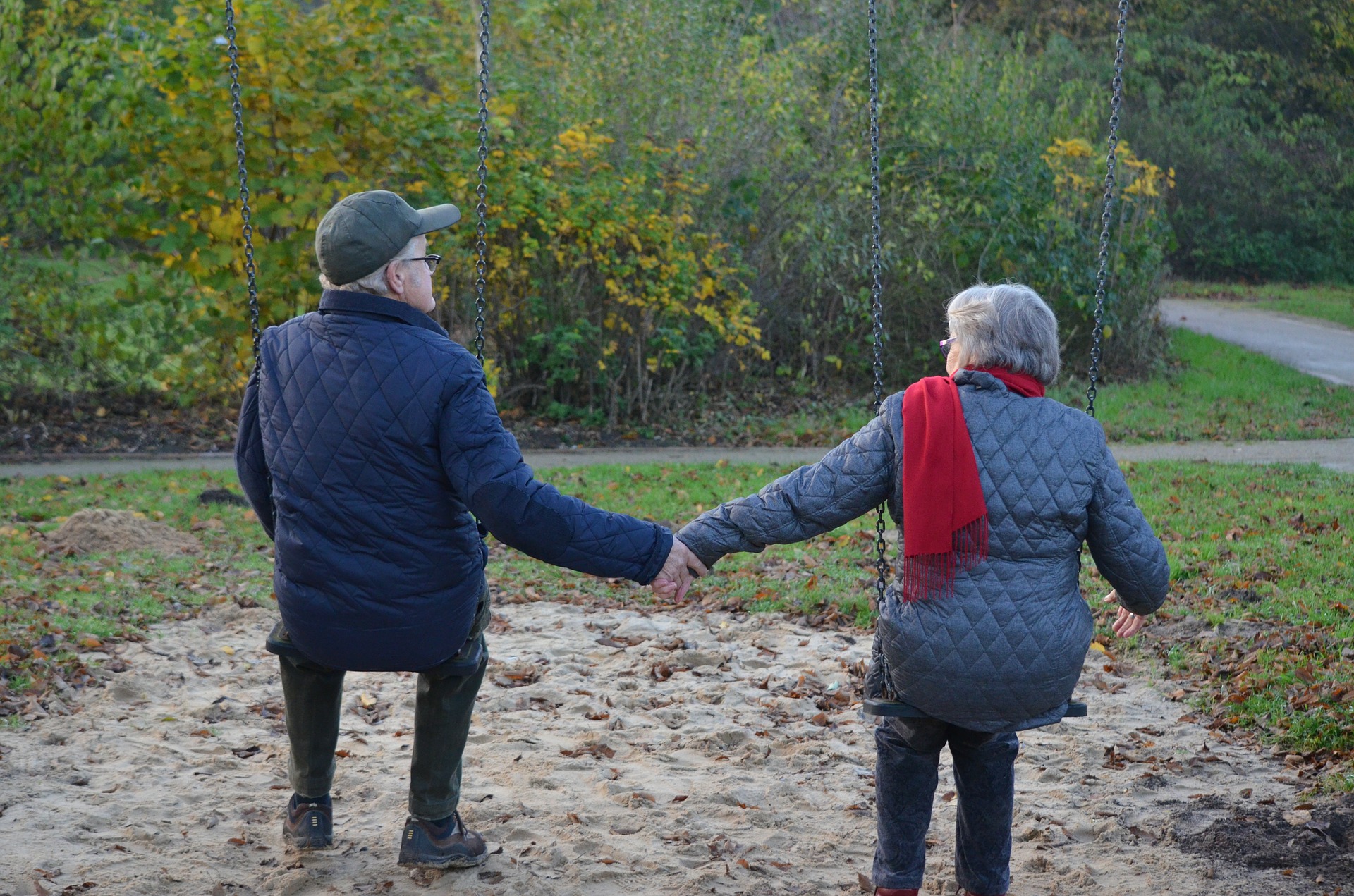As we welcome the month of September and take part as the globe kicks off World Alzheimer’s Month, let us all use this opportunity to show our support, love, and understanding to those living with the disease. From the family members to the individual, the presence of Alzheimer’s certainly alters more than one life with each diagnosis.

Alzheimer’s disease affects the lives of individuals on a different scale. Once the diagnosis happens, the ticking clock becomes louder, and life’s deadline looms even greater than before. The terrifying thought that one day, you might wake up and not recognize your family members take the front seat in your mind.
It is not an easy pill to swallow, whether you are the diagnosed individual, a family member of one, or watching on the sidelines as a friend. We have seen what it can do to a person—we have read about it in novels or seen it romanticized in films. But when it becomes your new reality, it becomes a whole new, different ball game.
The Disease that is Too Common
Alzheimer’s disease is so much more widespread than many people think. According to the Alzheimer’s Association, five million individuals are living with Alzheimer’s in America. Bear in mind that there are still quite a few cases under the radar. These are the cases that go undiagnosed. While that number may be considered significantly high, the number of individuals with the disease is expected to shoot up to 14 million by 2050. So many Americans and their families are facing the effects of the condition ranked as the sixth leading cause of death in the United States.
It is a harsh and expensive disease to face. In 2016, Alzheimer’s is projected to cost the nation $236 billion dollars. Family members have put themselves at risk financially, mentally, physically, and emotionally to try to keep up with the disease.
Many individuals and their families have had to dip into retirement savings and sell their houses just to keep up with the costs. This is also one of the primary reasons why ALTCP.org remains steadfast in promoting the importance of long term care planning. Many families have been devastated with the costs when this could have possibly been avoided with proper planning. Companies have made quotes for long term care insurance accessible online to make the process easier for families and individuals.
The Downside of Longevity
In the recent years, human beings have been living longer. Life spans now have increased significantly when you compare it to the lives of people from fifty to sixty years ago. So many factors attribute to this development: advancements and accessibility to medical services, increased awareness of how to be healthy, and the increasing push by society to live an active lifestyle.
However, longer life spans also mean a drastic increase in developing Alzheimer’s. As the Alzheimer’s Association illustrates it, individuals between the ages 65 and 74 are at a risk of developing the disease by 2%. Once they have reached the 75 to 84 range, this percentage rises to 19%. It does not stop there because after turning 85, the risk rate jumps to 42%.
The Changing Face of Alzheimer’s
Out of the five million people living with Alzheimer’s, 3.2 million are women. And the odds are not in favor of younger women, as well. Studies show that women have a one in six chance of developing the disease after turning 65—a lot bigger when compared to the one in eleven chance for men. Separate studies conducted in Framingham, Massachusetts and by Stanford University have found that while old age plays a massive role in the development of Alzheimer’s, heart health and genetics also contribute to it.
While Alzheimer’s disease is a global problem that affects people of different ethnic and racial backgrounds, some have been found to be at a higher risk than the majority. According to research, Hispanics are 1.5 times more likely to have the disease when compared to their Caucasian counterparts while African-Americans are twice as likely. Researchers are claiming that these increased risks are related to diseases such as high blood pressure and diabetes which are common in these ethnic groups.
Lend a Helping Hand
Once Alzheimer’s sets in, whether you are family or the individual, it often becomes a struggle to find a sense of purpose after the diagnosis. However, instead of solely focusing on the negative, we would like to urge individuals and their families to use their experience as a way to make a difference. Yes, it is a serious matter that requires a great deal of attention and support, but lending a helping hand to others going through similar challenges could also be beneficial.
Because Alzheimer’s disease is a global issue, so many organizations create ways in which people can participate and show their support. Donate to the cause, join a walk to help bring awareness, or generate buzz on social media—no action is unsubstantial.
You can also share your stories in various mediums. By doing so, you are helping a lot of people realize that they are not alone in this plight. With just your words, you are aiding people in coping with their new reality—which could mean so much to an individual without you even realizing it.
And when you and your family are going through something as colossal as this, it would help immensely to let others provide the support and guidance that you might not even know you need.
Your Thoughts Matter
What are some ways in which individuals can help spread awareness on Alzheimer’s disease? Share with us your thoughts on the matter by sending us a message.
